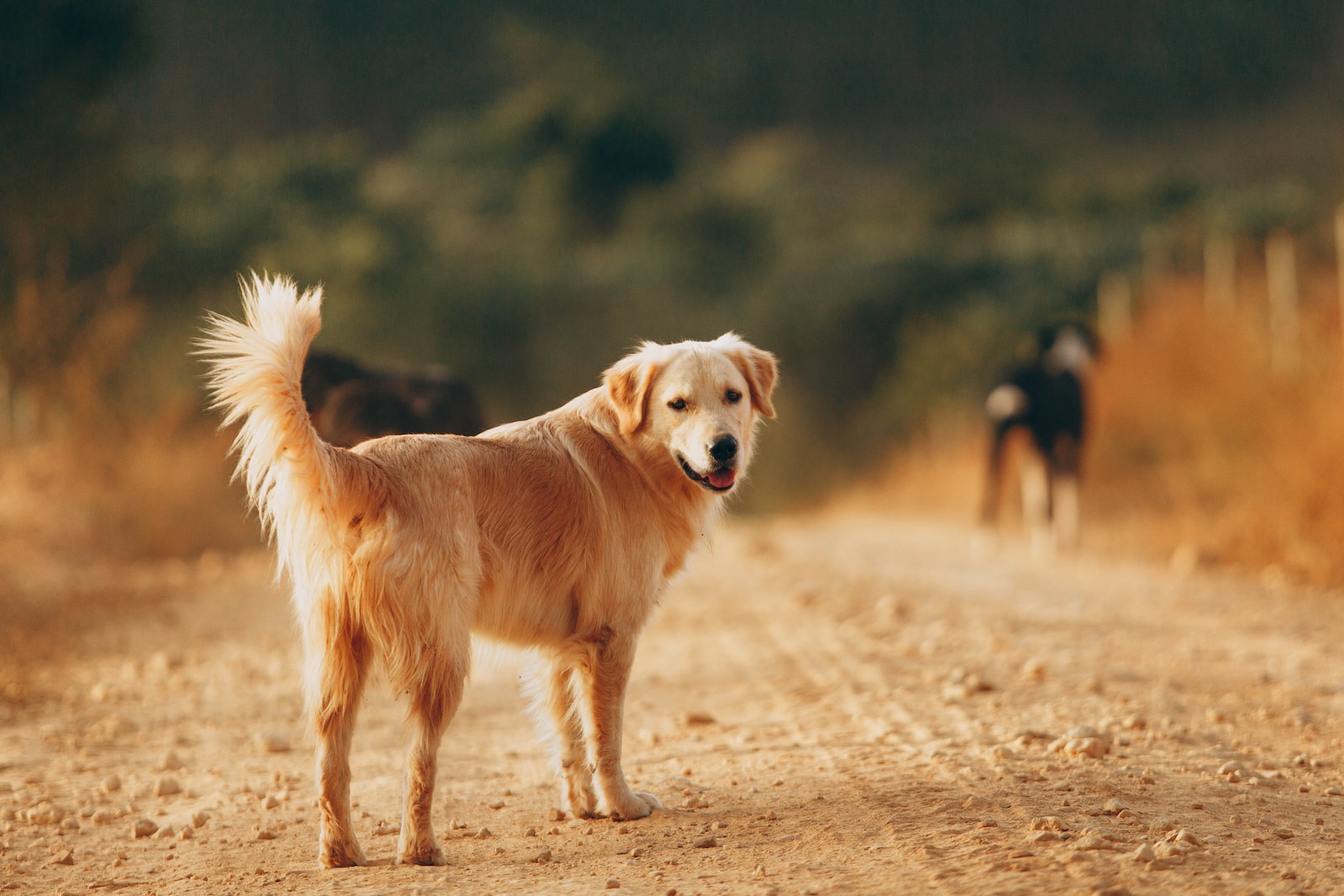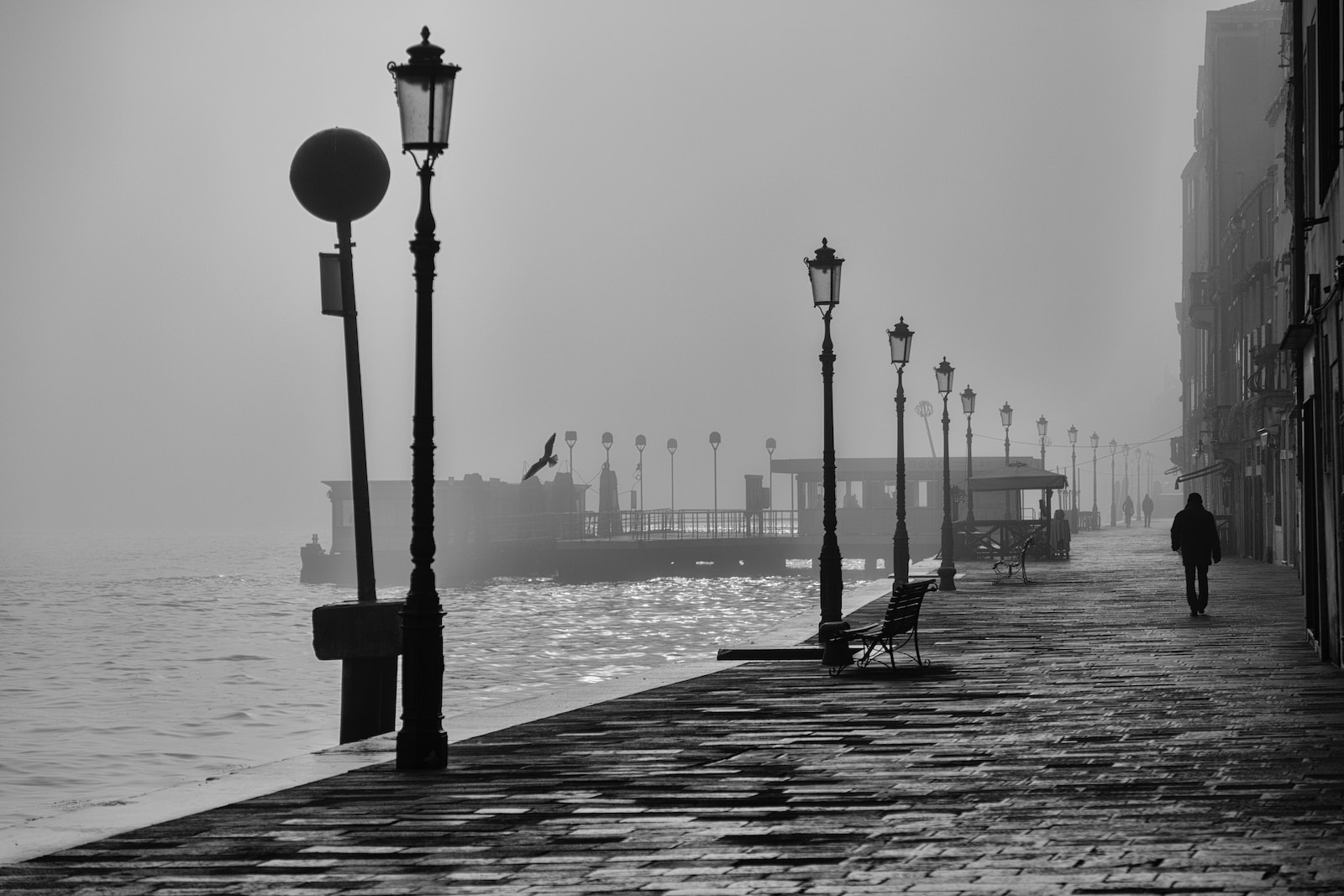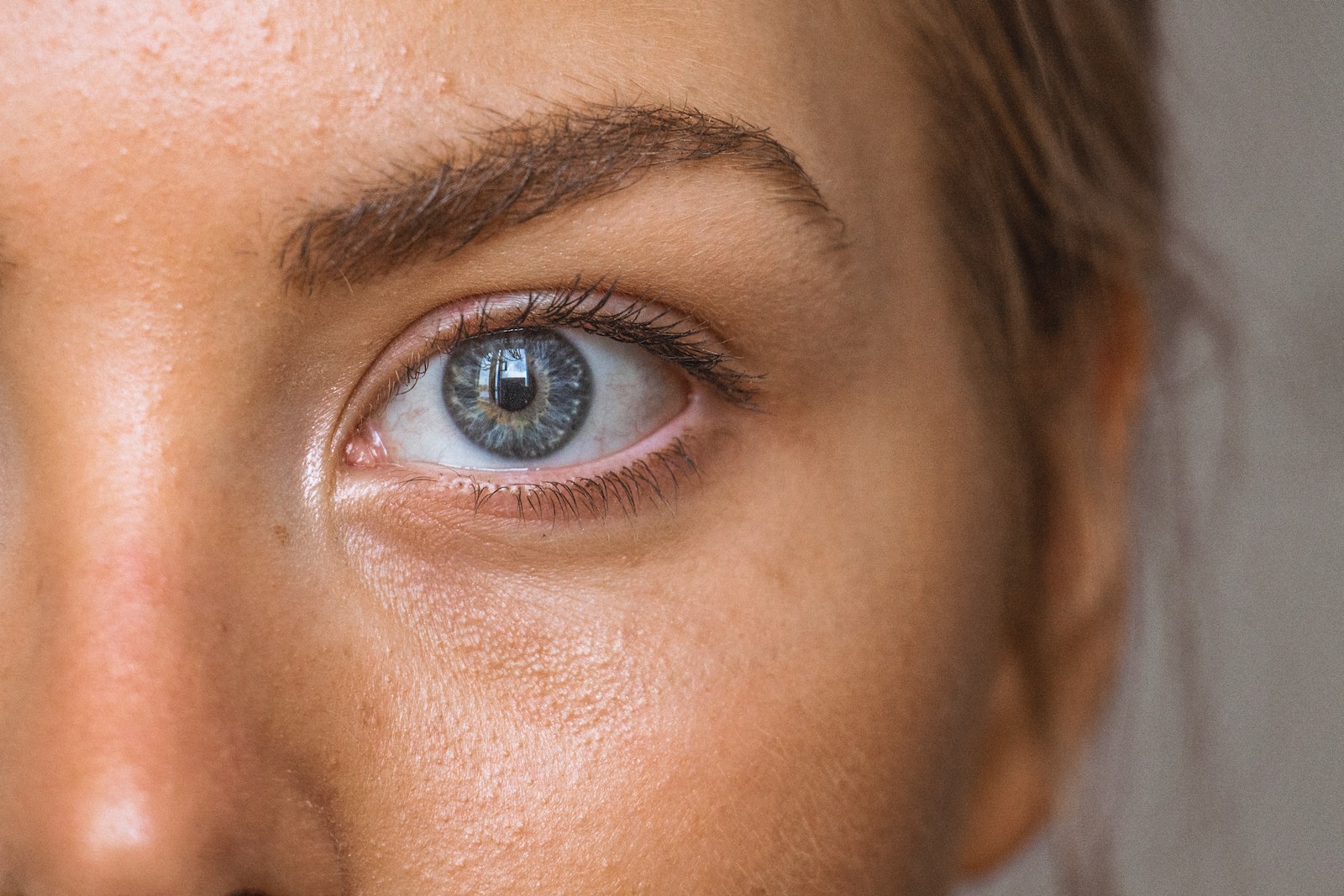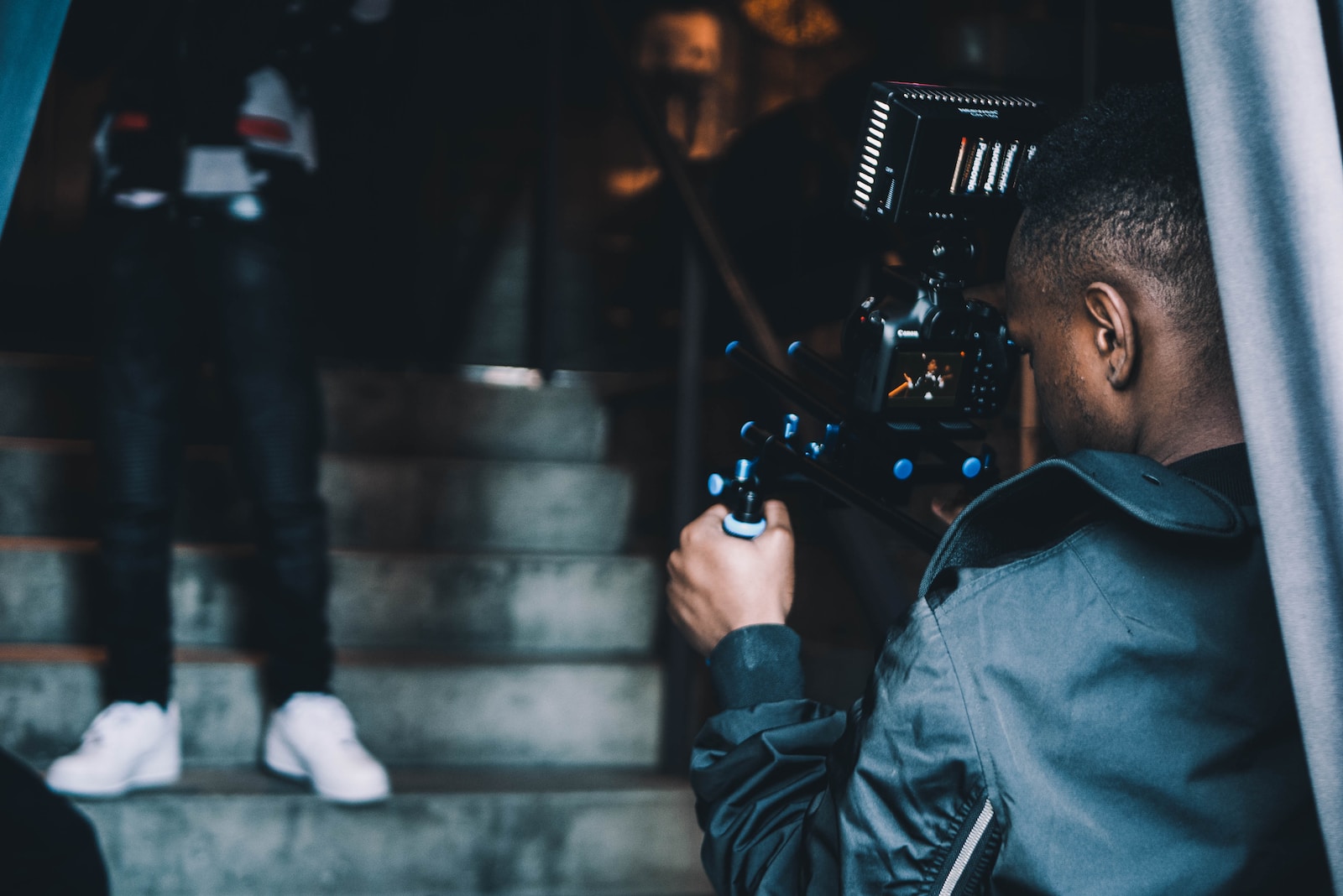Welcome to Paws and Poses: The Ultimate Guide to Pet Photography! If you’re a pet lover who wants to capture the unique personality of your furry friend through the lens, then you’ve come to the right place. This blog is your go-to resource for tips, tricks, and techniques to ensure that every picture you take truly showcases the beauty and charm of your beloved pets. Whether you’re a professional photographer or just a hobbyist, get ready to unleash your creativity and embark on a journey to create stunning pet portraits!
Table of Contents
- Choosing the Right Camera for Pet Photography
- The Best Time of Year to Capture Stunning Pet Photos
- Frequently Asked Questions
- 1. How can I capture the personality of my pet in photographs?
- 2. What camera settings should I consider when photographing pets?
- 3. How can I get my pet to stay still during a photoshoot?
- 4. What are some composition techniques for pet photography?
- 5. Is natural lighting better than using a flash for pet photography?
- 6. Are there any post-processing tips for enhancing pet photographs?
- 7. Any tips for photographing multiple pets together?
- 8. Where can I find inspiration for pet photography?
- 9. What are some recommended camera accessories for pet photography?
- 10. How can I capture action shots of my pets?
- Wrap Up
Exploring the Photogenic Features of Pets
When it comes to pet photography, our furry friends offer a wealth of photogenic features that make for captivating photographs. From their expressive eyes to their unique fur patterns, pets possess qualities that allow us to capture their personalities and create memorable images. By focusing on these interesting features, we can elevate our pet photography skills to new heights.
Steps to Capture the Essence of Pets
- Use Natural Light: Natural light brings out the best in pet photography. Take advantage of soft morning or late afternoon sunlight to achieve a warm and flattering glow on your furry friend. Avoid harsh midday sun for more appealing and well-exposed shots.
- Get Down to Their Level: To capture the true essence of your pet, get down on their eye level. This approach adds intimacy and allows you to frame your shots from a different perspective, capturing their unique expressions and gestures.
- Pay Attention to Details: Furry paws, twitching noses, and wagging tails are all captivating details that can make your pet photographs truly stand out. Zoom in on these little details to showcase their adorable and quirky characteristics.
- Capture Action Shots: Pets are full of energy and love to play. Capture their enthusiasm by freezing their movements in action shots. Use a fast shutter speed to ensure sharp images and convey the liveliness of your pet’s personality.
- Experiment with Different Angles: Don’t be afraid to experiment with various angles and compositions. Capture close-ups, head tilts, or even candid shots while your pet is oblivious to the camera. These unconventional perspectives add character and uniqueness to your photographs.
- Incorporate Props: Adding props can bring out the playful side of your pet. Consider using toys, blankets, or their favorite treats as props to create engaging and interactive shots. Ensure the props complement your pet’s personality and make them feel comfortable during the shoot.
- Patience is Key: Remember, pets may not always cooperate during a photoshoot, and that’s okay! Be patient and allow them to get comfortable with the camera. Treats, toys, and a relaxed atmosphere can help bring out their natural expressions.
- Post-Processing Magic: Once you’ve captured your pet’s best moments, enhance their charm with post-processing techniques. Adjusting exposure, cropping, and applying filters can give your photographs that extra boost to make them truly shine.
By utilizing these expert techniques and focusing on capturing the unique features of our furry friends, we can create pet photographs that truly reflect their personality. So grab your camera, find a willing subject, and let your creativity run wild – paws and poses await!
Did you know that pets can understand up to 100 words and gestures? They are incredibly intuitive creatures, which makes them perfect subjects for photography.
Choosing the Right Camera for Pet Photography
When it comes to capturing memorable moments of our beloved furry friends, having the right camera can make a world of difference. While there are numerous options available, it ultimately depends on your specific needs and preferences as a photographer.
- Digital Single-Lens Reflex (DSLR) Cameras: These cameras offer excellent image quality, versatility, and a wide range of lens options. They allow you to capture stunning details and quickly adjust to various lighting conditions. Additionally, DSLRs provide the option to manually control settings, giving you more creative freedom.
- Mirrorless Cameras: These cameras provide high-quality images like DSLRs, but are generally more compact and lightweight. They offer a variety of lens options and are great for pet photography due to their fast autofocus capabilities. Mirrorless cameras also come with additional features such as built-in Wi-Fi, making it easier to share your pet’s adorable moments instantly.
- Advanced Compact Cameras: Also known as bridge cameras, these offer a great balance between convenience and image quality. They typically have a fixed lens with a wide zoom range, allowing you to capture your pet from various angles without the need to switch lenses. Advanced compact cameras also come with manual controls, making them suitable for those who want more control over their pet photography.
Choosing the Ideal Lenses and Accessories
While the camera is important, the lens you choose can significantly impact the quality and style of your pet photography. Here are some options to consider:
- Telephoto Lens: A telephoto lens with a long focal length is ideal for capturing detailed close-ups and candid shots without getting too close to your pet. It provides a shallow depth of field, allowing your pet to stand out from the background.
- Wide-Angle Lens: This lens is perfect for capturing wider shots, such as playful moments at the park or the interaction between your pet and their surroundings. It can also be beneficial for photographing multiple pets or capturing the entire environment in which they play.
- Macro Lens: If you love capturing intricate details of your pet, a macro lens is a fantastic option. It allows you to get up close and personal, highlighting those tiny whiskers, sparkling eyes, or intricate patterns on their fur.
- Additional Accessories: Consider investing in a sturdy tripod to ensure sharp images, especially in low-light situations or when using slower shutter speeds. A remote shutter release can also come in handy to avoid any potential camera shake.
Remember, the perfect camera and lens combination for pet photography may vary depending on your personal preferences and the specific type of pets you photograph. Experiment with different options to find the best fit for you and your furry friend’s unique personality.
Stay tuned for more tips and techniques on capturing those precious moments and bringing out the personality of your pets with your camera!
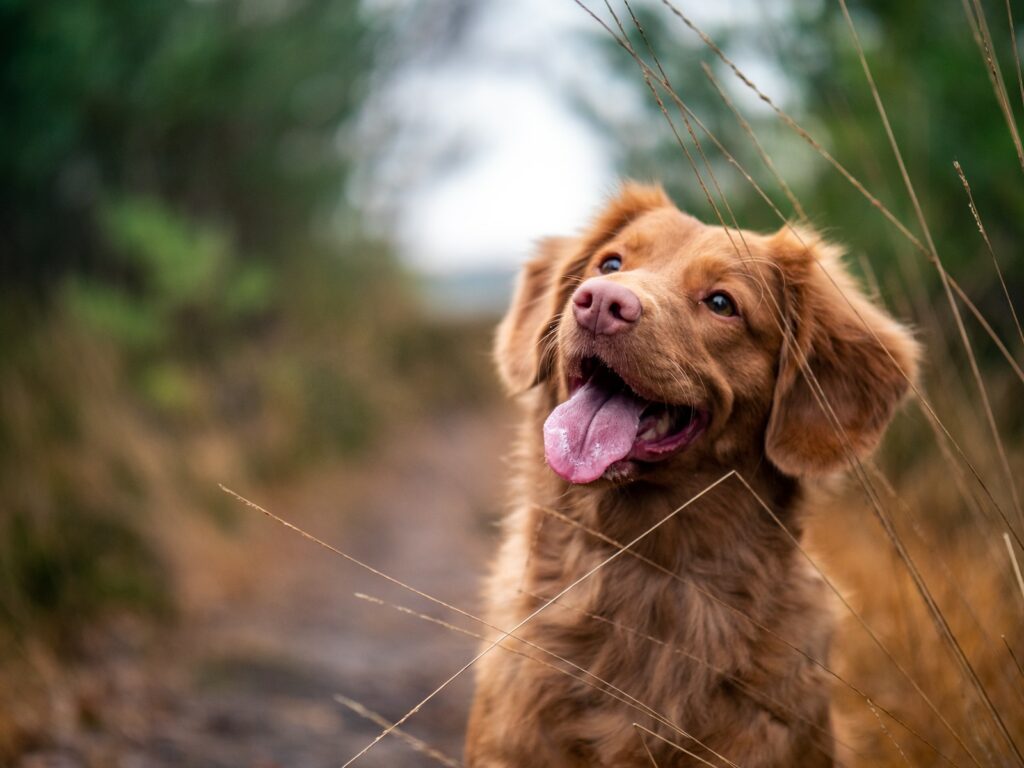
The Best Time of Year to Capture Stunning Pet Photos
Whether you’re a professional photographer or simply an avid pet lover looking to capture the essence of your furry friend, timing is key when it comes to pet photography. Choosing the right time of year can make a world of difference in the quality and overall feel of your photos. Here’s a breakdown of the best seasons to capture stunning pet photos:
Spring: Blooming Moments
As the winter frost gives way to a burst of color, spring offers a vibrant backdrop for your pet photography escapades. Utilize the lush greenery and blooming flowers to create a picturesque scene. The softness of the early morning or late afternoon light during springtime adds an ethereal touch to your photos, enhancing the natural beauty of your furry subjects.
Tip: Experiment with using flowers as props, allowing your pet to interact with them, creating charming and playful shots.
Fall: A Palette of Warmth
When autumn arrives, the world around us transforms into a rich tapestry of warm hues. This time of year provides an excellent opportunity to capture your pets amid the stunning colors of nature. The golden sunlight illuminates the scene with a magical glow, creating a cozy and inviting atmosphere.
Capture your pet playing in a pile of fallen leaves or take advantage of the rustic autumn backgrounds to create captivating portraits that truly reflect the season.
Regardless of the season, paying attention to the conditions and positioning yourself strategically can greatly enhance the overall impact of your pet photography.
Choosing the Best Vantage Points and Positions
When photographing pets, it’s crucial to choose vantage points and positions that highlight their unique personalities and capture their best angles. Here are a few options you can consider when composing your shots:
- Eye-Level Perspective: Getting down to your pet’s eye level allows for a more intimate and engaging photo. It helps to establish a connection and truly portrays the world from their point of view.
- Unique Angles: Experiment with different angles to add a creative touch to your pet photos. Try shooting from above to capture their adorable features or getting close to emphasize their intricate details.
- Outdoor Exploration: Take advantage of natural settings and encourage your pet to explore, resulting in candid and lively shots. Capturing them in motion can bring out their energetic and playful nature.
- Silhouette Shots: When the lighting conditions are right, particularly during sunrise or sunset, silhouettes can create a dramatic and mysterious effect. Experiment with backlighting to outline your pet’s unique shape, making for striking images.
Remember, photography is an art, and there are no strict rules. Explore different options, experiment, and let your creativity flow while capturing the personality of your beloved furry friends.
One helpful tip for pet photography is to get down to their level. By squatting or getting low to the ground, you can capture their perspective and bring a unique angle to your photos. This helps to truly capture their personality and create a connection between the viewer and the furry subject.
Frequently Asked Questions
1. How can I capture the personality of my pet in photographs?
To capture your pet’s personality in photographs, try to photograph them in their natural environment where they feel comfortable. Play with them, use their favorite toys or treats to grab their attention, and be patient to capture genuine moments.
2. What camera settings should I consider when photographing pets?
When photographing pets, it’s important to use a fast shutter speed to freeze their movements. Consider using a wide aperture to create a blurred background and make your pet the main focus. Experiment with different angles and perspectives to add interest to your photos.
3. How can I get my pet to stay still during a photoshoot?
Pets can be easily distracted, so it’s helpful to have someone assist you during the photoshoot by keeping their attention with treats or toys. Patience is key, as it may take a few attempts to get the perfect shot. Consider photographing them during their nap time or when they are relaxed.
4. What are some composition techniques for pet photography?
When composing your pet photographs, follow the rule of thirds by placing your pet slightly off-center to create a more dynamic and visually appealing image. Experiment with different angles, such as getting down to their level or shooting from above, to capture unique perspectives.
5. Is natural lighting better than using a flash for pet photography?
Natural lighting is typically more flattering for pet photography as it offers a softer and more natural look. However, if you’re shooting indoors or in low light conditions, a flash can help illuminate the scene. Be mindful of your pet’s reaction to the flash, as some may be startled.
6. Are there any post-processing tips for enhancing pet photographs?
Yes! In post-processing, you can enhance pet photographs by adjusting the brightness, contrast, and saturation levels to make the colors pop. Make sure to retain the natural look of your pet and avoid excessive editing. Experiment with different editing styles to find your own unique aesthetic.
7. Any tips for photographing multiple pets together?
When photographing multiple pets together, it’s helpful to have an extra person assist you in managing their positions and keeping their attention. Use treats or toys to capture their focus and create a cohesive composition. Patience and practice are essential for successful group pet photography.
8. Where can I find inspiration for pet photography?
You can find inspiration for pet photography by exploring social media platforms like Instagram, where many talented pet photographers share their work. Join photography communities or groups dedicated to pet photography to connect with other enthusiasts and gain inspiration from their techniques and ideas.
9. What are some recommended camera accessories for pet photography?
Recommended camera accessories for pet photography include a telephoto lens to capture close-ups without disturbing your pet, a tripod for stability during longer exposures, and a remote shutter release to prevent camera shake. Additionally, consider using a reflector to bounce light and fill in shadows for better-balanced images.
10. How can I capture action shots of my pets?
To capture action shots of your pets, use a fast shutter speed and continuous shooting mode. Anticipate their movements and focus on their eyes to ensure sharpness. Pre-focus on the area where your pet is expected to move and use burst mode to capture a series of images, increasing your chances of getting the perfect shot.
Wrap Up
In conclusion, pet photography is all about capturing the unique essence and spirit of our furry friends. By following these tips and tricks, you’ll be able to create stunning images that truly showcase their personality.
Remember to be patient, use treats and toys to grab their attention, and always have your camera handy. Practice makes perfect, so keep experimenting with different angles, lighting, and compositions.
We hope this ultimate guide has inspired you to embark on your own pet photography journey. We would love to hear about your experiences and see the amazing photos you capture. Feel free to leave a comment below and share your thoughts and tips with our community. Happy shooting!
